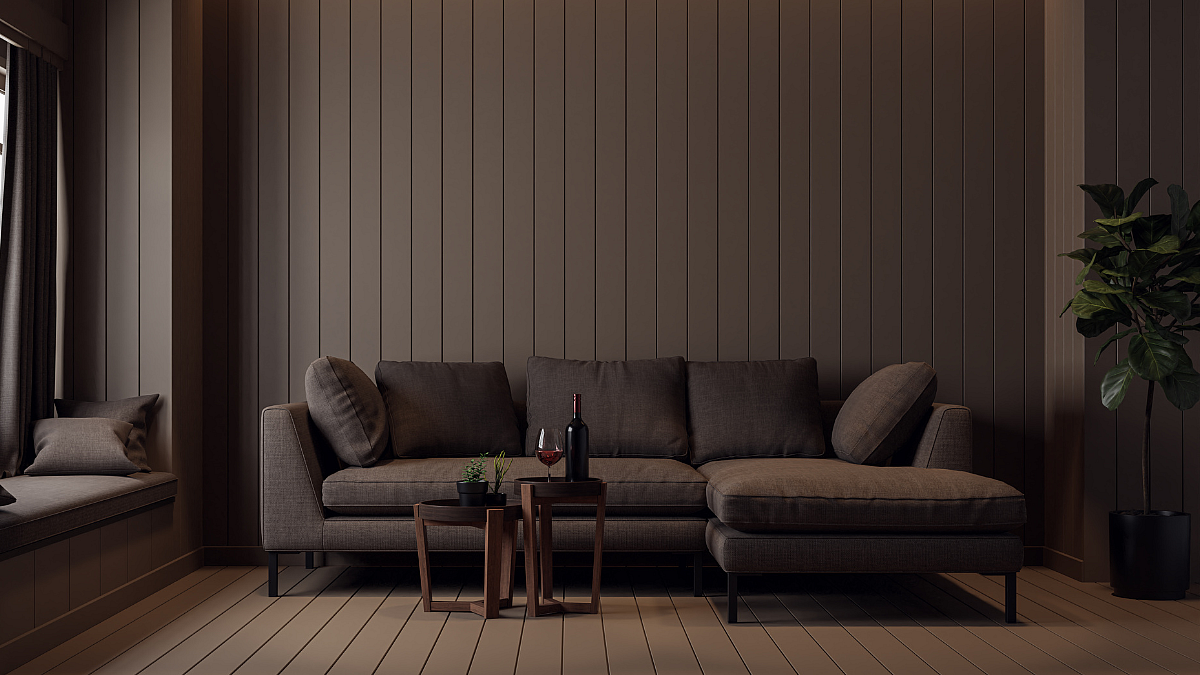As the rainy season sweeps in the country, it brings a refreshing change to the landscape, but it also calls for challenges in maintaining your furniture. Whether it’s the moisture that leads to mould or the increased humidity affecting wooden pieces, the rain can affect your indoor and outdoor furnishings. Here’s a comprehensive guide on how to protect and maintain your furniture during the rainy season, where Prashant Garg, interior designer and managing director at Ergo Space, will give you essential tips to maintain its longevity.
Keep Indoor Furniture Dry
One of the primary concerns during the rainy season is increased indoor humidity. High humidity levels can lead to mould and mildew growth on furniture. To combat this, Prashant Garg suggested, "You can use a dehumidifier or air conditioner to regulate indoor moisture. Keeping humidity levels below 50% is ideal for protecting your furniture."
He further added, "Dust and wipe down furniture regularly to prevent moisture buildup. For wooden pieces, use a soft, dry cloth to avoid leaving any moisture behind. For upholstered furniture, ensure it is completely dry after cleaning to prevent mold growth."
.jpg)
Outdoor Furniture | Canva
Protect Outdoor Furniture
Outdoor pollution and rainwater can severely damage your furniture. You can protect them by using high-quality furniture covers. These covers shield your pieces from rain and UV damage. Ensure the covers are breathable to prevent condensation, which can lead to mould.
Further to protect outdoor furniture, the expert added, "Elevate outdoor furniture off the ground using furniture risers or bricks. This prevents direct contact with wet surfaces and reduces the risk of damage from pooled water."

"For wooden outdoor furniture, apply a water-resistant sealant. This treatment helps repel moisture and protects the wood from warping and rotting. For metal furniture, use a rust-resistant spray to prevent corrosion," he said.
.jpg)
Outdoor Furniture | Canva
Address Water Damage Promptly
Water damage is another factor affecting the interiors. If furniture does get wet, address it immediately. Remove cushions and fabrics and allow them to dry completely. For wooden furniture, use a clean, dry cloth to wipe off any water and then let the piece air-dry in a well-ventilated area.
Prashant emphasises the importance of checking furniture mould. He said, "Inspect furniture regularly for signs of mould or mildew, especially in damp areas. Use a mixture of water and mild detergent to clean affected areas. For severe mould infestations, consult a professional cleaner."
Expert shares tips for maintaining Wooden Furniture
Regular Inspection
Examine wooden furniture frequently for signs of damage or wear. Check for warping, splitting, or changes in color, which can indicate moisture-related issues.
Reapply Finish
Apply a fresh coat of varnish or paint to wooden furniture to enhance its water resistance. Ensure you use products designed for the specific type of wood and its intended use.
Storage Solutions
When possible, store wooden furniture indoors or in a covered area during heavy rain. This prevents prolonged exposure to moisture and extends the life of your furniture.
.jpg)
Metal Furniture | Canva
Care for Metal Furniture
On tips to maintain metal furniture, the interior designer said, "Regularly check metal furniture for signs of rust, especially if it’s been exposed to rain. Use a wire brush or sandpaper to remove rust, and then apply a rust-inhibiting primer and paint to protect the surface."
"For furniture with moving parts, such as patio chairs or tables, apply lubricant to hinges and joints to ensure smooth operation and prevent rust buildup," he added.
.jpg)
Stone Furniture | Canva
Maintenance of Concrete and Stone Furniture
Maintaining concrete and stone furniture can be a daunting task, but it is essential to take extra care of these further for them to last longer in the changing season. The experts suggest, "For concrete or stone furniture, apply a water-resistant sealant to prevent moisture from penetrating the surface. This helps prevent staining and deterioration."
Prashant further added, "Clean stone and concrete furniture with appropriate cleaners to prevent mould and mildew buildup. Ensure that the surface is thoroughly dried after cleaning."











